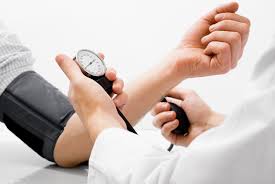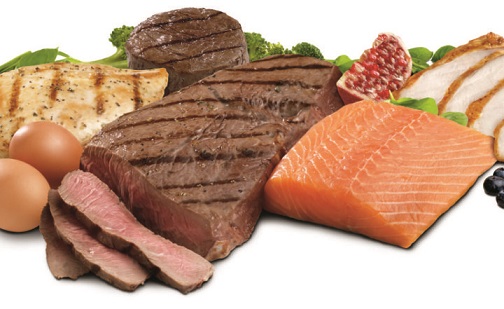High blood pressure or hypertension increases your risk of stroke, heart attack, and heart disease. People with hypertension need to pay attention to their diet, especially when they also have diabetes. Not following a good diabetes and high blood pressure diet plan puts you at an increased risk for diabetes complications. You should live an active life, limit alcohol intake, and try other ways to manage your blood pressure better.

Best Tips for Keeping a Diabetes and High Blood Pressure Diet
You need to stick to a diet that helps you maintain a healthy weight. It should also lower your blood pressure and help regulate blood sure levels. Here are some tips to help you manage your diet and health conditions better
1. Limit Intake of Sodium
People with hypertension should get no more than 1,500mg of sodium a day. It means that you should be restricting yourself to less than a teaspoon of salt daily. Therefore, it is important to try other alternatives to make your food taste better. You can flavor food with garlic, citrus zest, ginger, rosemary, oregano, jalapeno peppers, or cumin.
2. Increase Intake of Lean Protein

It is important to increase your intake of protein, but you need to ensure that you do not get it from high-fat protein sources, such as whole milk, red meat, and poultry skin. Instead, get it from lean sources, such as turkey or chicken breasts. Still, it is important to consume more than six servings of poultry, lean meat, and fish when you are on a 2,000-calorie diet.
3. Eliminate Coffee from Your Diet
If possible, try to eliminate coffee from your diabetes and high blood pressure diet plan because it can affect both blood sugar and blood pressure. If you find it difficult to quit altogether, at least limit your intake to 2 cups of coffee a day. Similarly, you should avoid French press and espresso and instead opt for coffee made using a paper filter. Switching to decaf is also a good idea.
4. Include Fruits and Veggies in Your Diet

You get loads of minerals, vitamins, fiber, and antioxidants from fruits and veggies, so it is important to include them in your diet to improve your overall health. Be sure to include a variety of fresh, colorful veggies and fruits in your diet. It is important to eat in moderation though because fruits and starchy veggies can be high in carbs. Usually, you can eat berries, citrus fruits, kiwi, plums, pears, tomatoes, cantaloupe, avocado, broccoli, kale, spinach, Brussels sprouts, cabbage, red bell peppers, peas, and carrots.
5. Opt for Whole Grains
Whole grains can always fit in your diabetes and high blood pressure diet plan because they provide you with loads of fiber. Whole grains are also low on glycemic index, so they will not lead to a quick spike in your blood sugar levels. They help stabilize blood sugar and keep you from feeling hungry between meals. You can opt for whole grain breads, pasta, tortillas, quinoa, brown rice, and air-popped popcorn.
6. Limit Your Intake of Alcohol

Any form of alcohol, including wine and beer can affect your blood pressure and blood sugar levels. Almost all cocktail mixers contain sugar. You may also feel hungry after drinking alcohol, which may lead to overeating and make it difficult to manage blood pressure and diabetes. It is better to quit, but if you cannot, you should limit yourself to two drinks per day. Women should have only one drink a day.
7. Eat Goods Fats Only
You should educate yourself about different types of fats to know which to include in your diet. You can always opt for fats obtained from plant foods, such as nuts, avocado, olive oil, and flaxseed. It is important to limit your intake of saturated fats – no more than 10% of your diet should consist of saturated fat. You should avoid trans fats completely.
Extra Tips to Keep in Mind
Following a good diabetes and high blood pressure diet plan is important, but you can also try other tips to help control your blood sugar levels and blood pressure. For instance:
1. Maintain an Active Lifestyle
Living an active life is beneficial for both high blood pressure and diabetes. You should exercise regularly to help stabilize your blood sugar levels. There is no need to spend hours upon hours in the gym, as short 15-minute walk a day can do the trick. Just aim for 150 minutes of aerobic activity a week to improve your cardiovascular health. This will also help maintain your body weight and stabilize blood sugar and blood pressure.
2. Take Your Medication
Even though you can help manage diabetes and hypertension with better diet and exercise, you should never stop taking your medication. These medications help relax blood vessels and prevent serious complications. Be sure to take them regularly to avoid any spike in blood pressure or blood sugar.
3. Quit Smoking
Smoking is bad for both your blood pressure and blood sugar and can lead to serious complications. Quitting will lower your risk of heart disease to a great extent. Your blood vessels constrict when you smoke and this can push your blood pressure up. This also triggers the release of hormones that make insulin less effective. This can make it even more difficult to manage your diabetes.